This article will show PostgreSQL Data Types with various examples.
Read more »



This article will show PostgreSQL Data Types with various examples.
Read more »
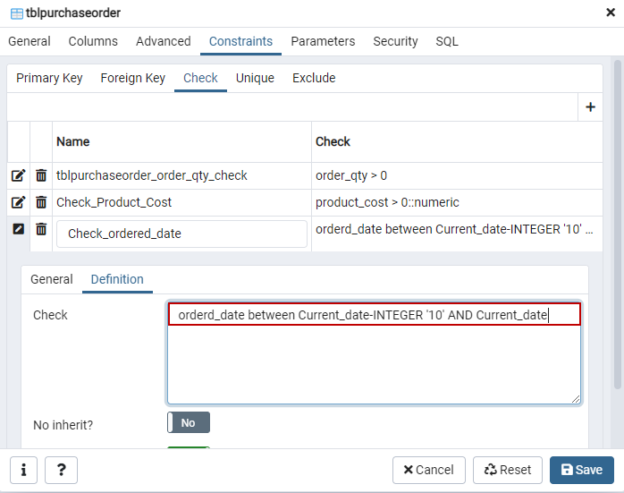
This article covers the Postgres CHECK constraint and its usage. In this article, we are going to learn:
Read more »

While working with raw data, you may frequently face date values stored as text. Converting these values to a date data type is very important since dates may be more valuable during analysis. In SQL Server, converting a string to date can be achieved in different approaches.
Read more »
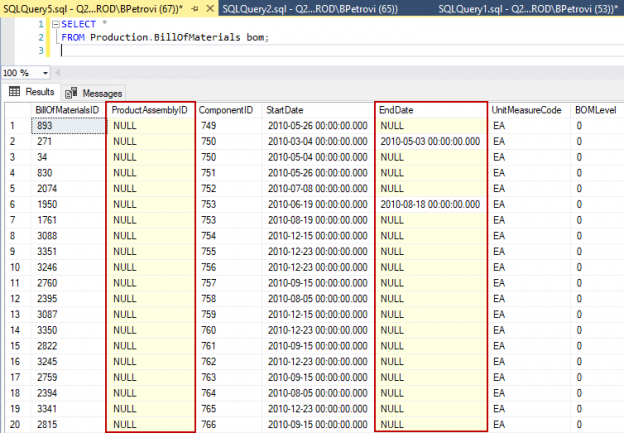
This article is about many different SQL data types that we use when working with SQL Server. We will start with a quick overview and go through some stuff like categories of data types, what objects we can work with, and how to create our own custom data types.
Read more »
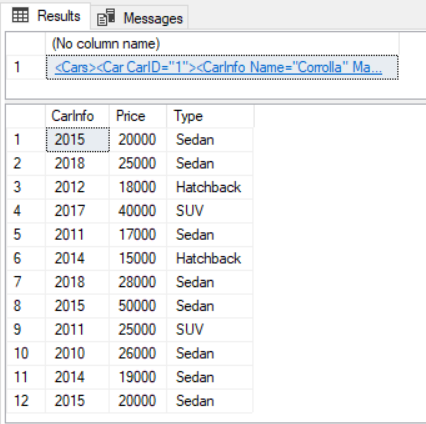
XML (eXtensible Markup Language) is one of the most common formats used to share information between different platforms. Owing to its simplicity and readability, it has become the de-facto standard for data sharing. In addition, XML is easily extendable.
Read more »
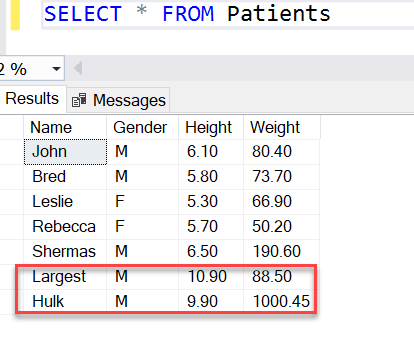
This article aims to walk you through the SQL Decimal data type and its usage with various examples. We will also see how we can exercise this data type in SQL Server to help make SQL developer’s job easier.
Read more »
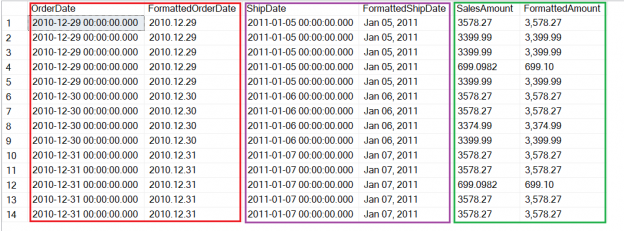
In this article we’ll review the SQL varchar data type including a basic definition and overview, differences from varchar(n), UTF-8 support, Collation, performance considerations and more.

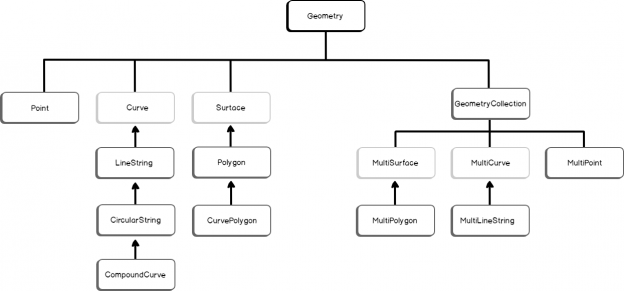
SQL server furnishes us with the geometry and geography SQL data types for conserving spatial data, which allows us to render graphical data. To be more specific, it is beneficial for creating, analyzing, comparing and retrieving spatial data.
Read more »

GUID is a 16 byte binary SQL Server data type that is globally unique across tables, databases, and servers. The term GUID stands for Globally Unique Identifier and it is used interchangeably with UNIQUEIDENTIFIER.
Read more »
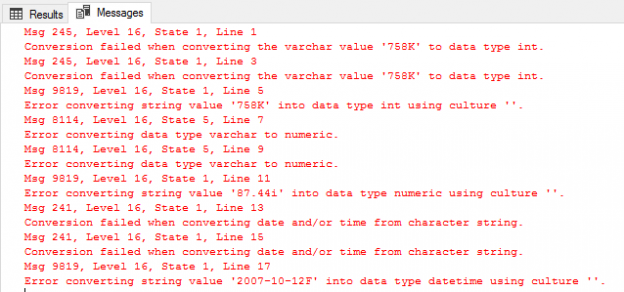
When you define SQL Server database tables, local variables, expressions or parameters, you should specify what kind of data will be stored in those objects, such as text data, numbers, money or dates. This attribute is called the SQL Server Data Type. SQL Server provides us with a big library of system data types that define all types of data that can be used with SQL Server, from which we can choose the SQL Server data type that is suitable for the data we will store in that object. You can also define your own customized user defined data type using T-SQL script. SQL Server data types can be categorized into seven main categories:
Read more »
I attended a TDWI conference in May 2016 in Chicago. Here I got a hint about the datatype hierarchyid in SQL Server which could optimize and eliminate the good old parent/child hierarchy.
Read more »
In the article, Multiple Options to Transposing Rows into Columns, I covered various options available in SQL Server to rotating a given row into columns. One of the options included the use of a PIVOT relational operator. The mandatory requirement of the operator is that you must supply the aggregate function with only a numeric data type. Such a mandatory requirement is usually not an issue as most aggregations and subsequent pivoting is performed against fields of numeric data type. However, sometimes the nature of business reporting requests may be such that you are required to cater for pivoting against non-numeric data types. In this article we take a look at how you can deal with such requirements by introducing a workaround to pivoting on non-numeric fields.
Read more »© 2025 Quest Software Inc. ALL RIGHTS RESERVED. | GDPR | Terms of Use | Privacy